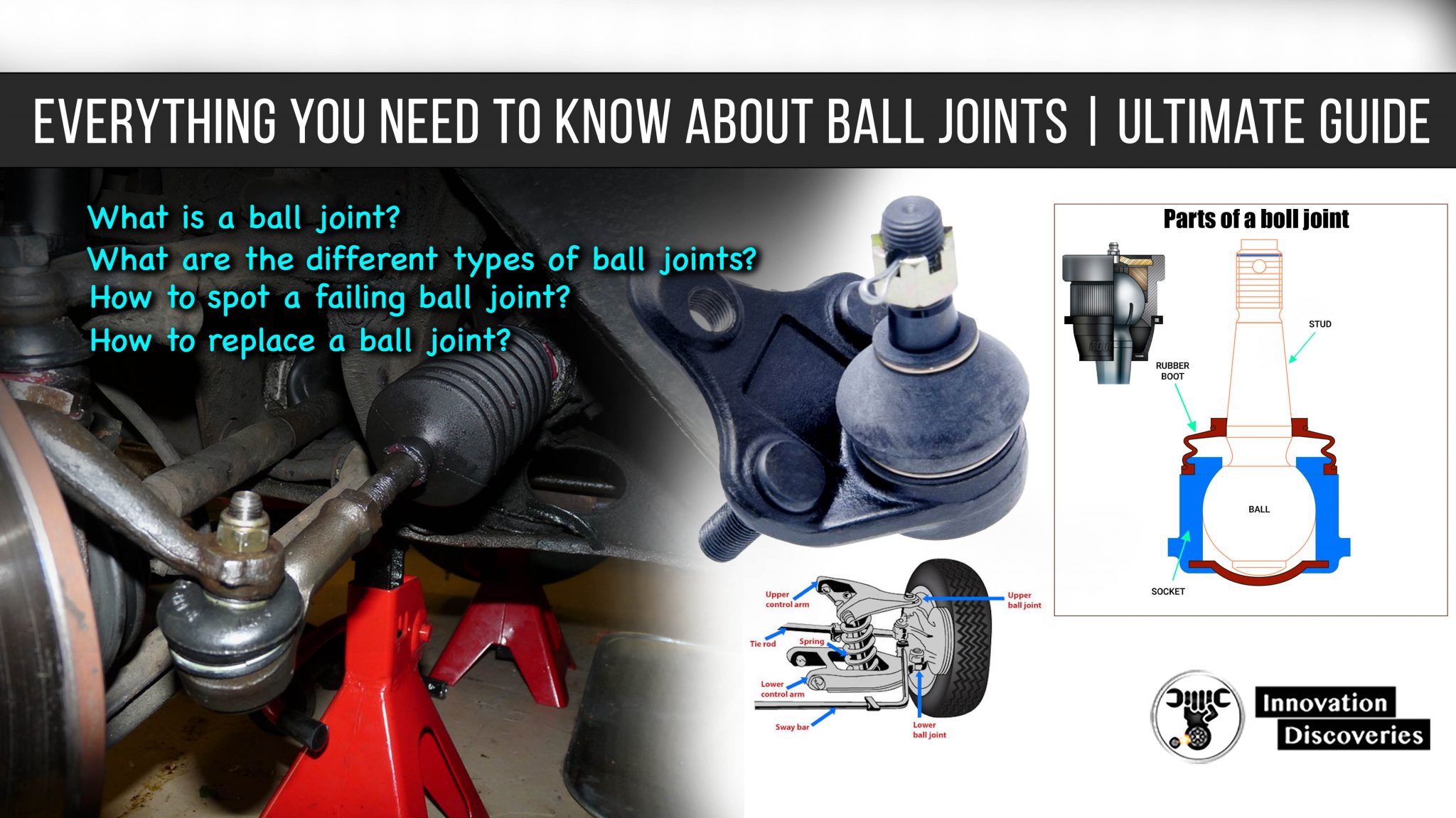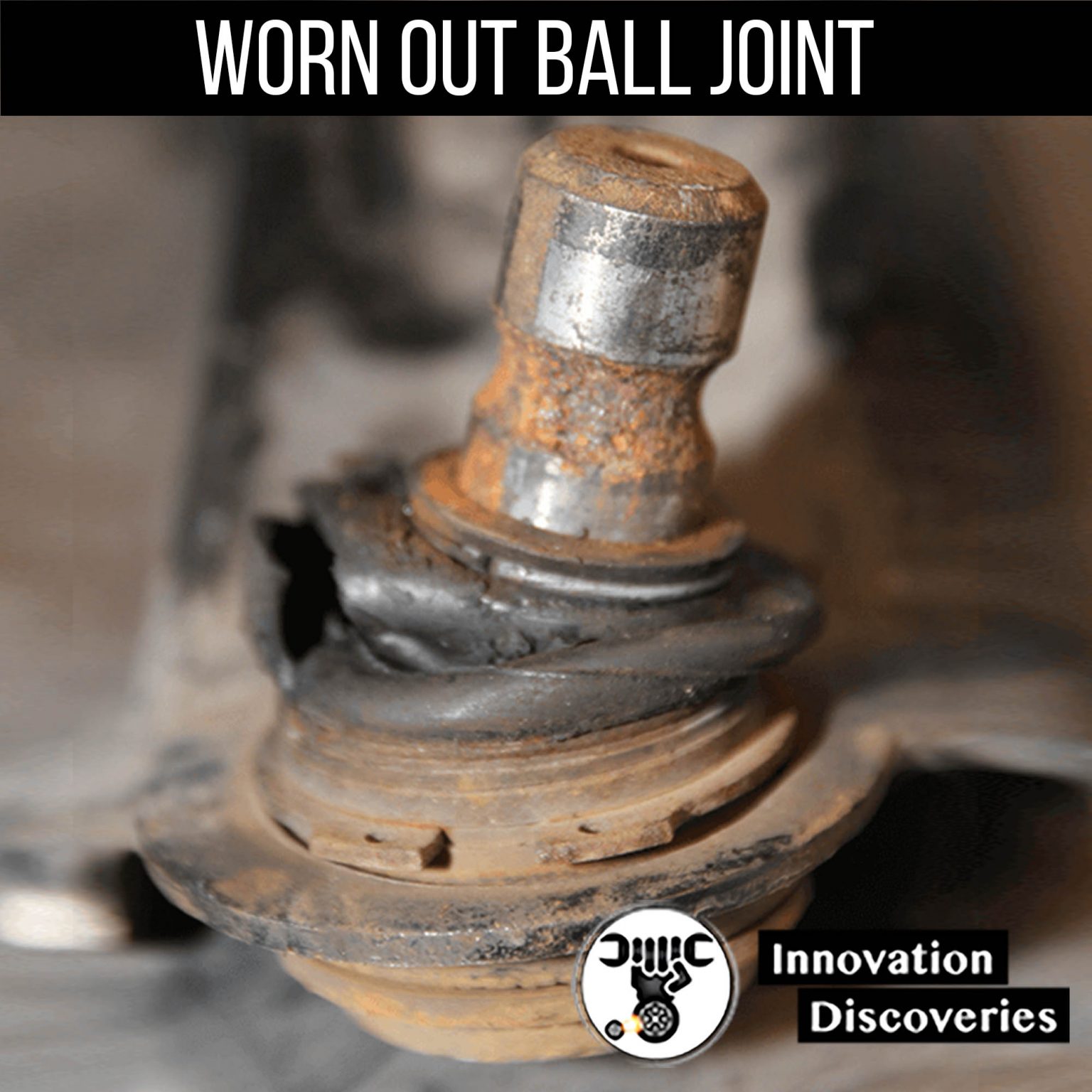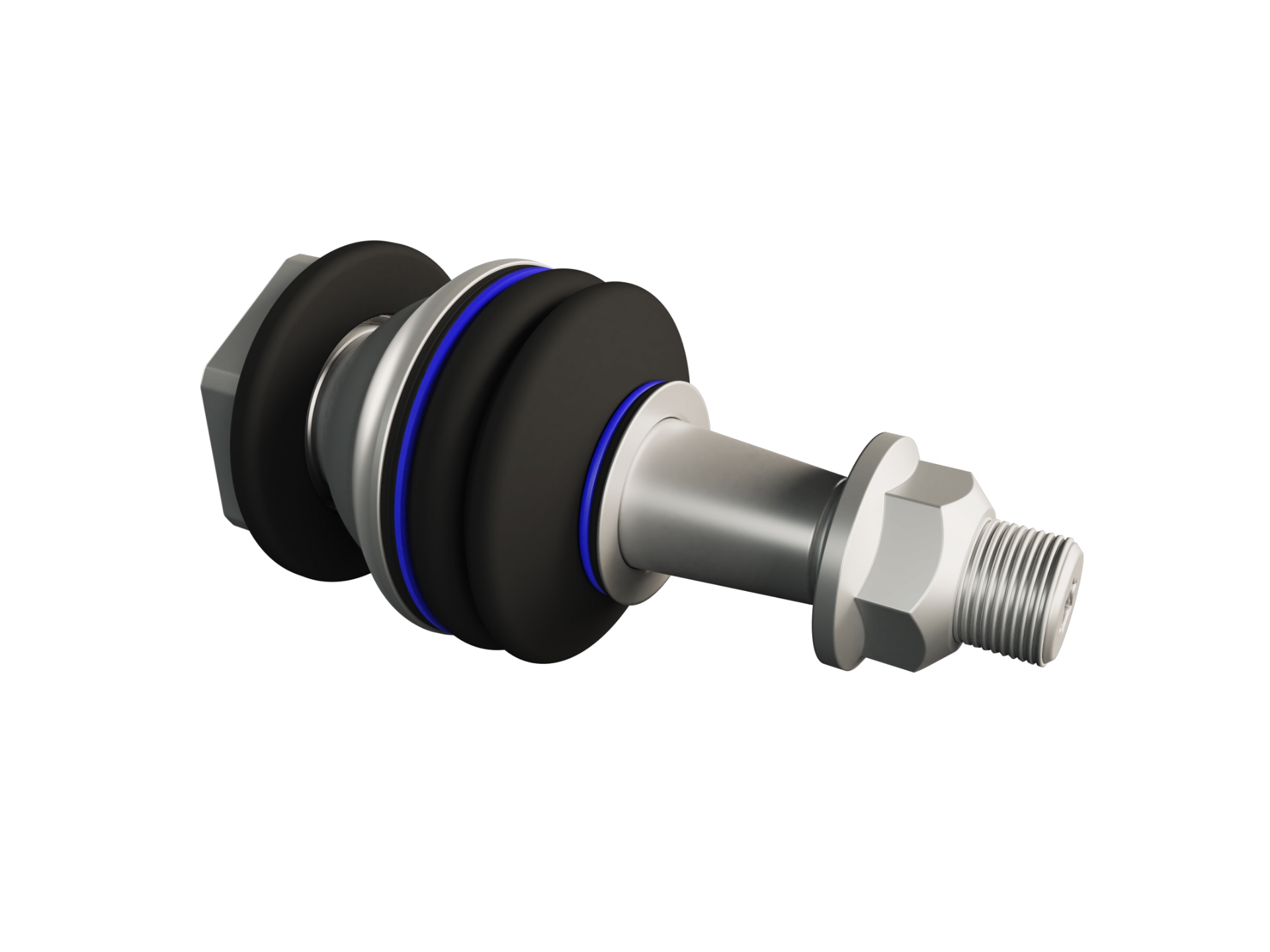Driving is a daily activity for many of us. We rely on our vehicles to get us where we need to go, whether it’s work, school, or errands. But what happens when your car starts making strange noises or pulling to one side? It could be a sign of a serious problem, like worn ball joints.
Don’t Ignore Worn Ball Joints

Worn ball joints can cause a variety of problems, including:
- Premature tire wear
- Poor handling
- Increased stopping distances
- Vehicle instability
If you’re experiencing any of these problems, it’s important to have your car inspected by a qualified mechanic as soon as possible.
Worn Ball Joints: Diagnosis and Repair

Worn ball joints can be diagnosed by a visual inspection of the suspension system. The mechanic will look for signs of wear or damage to the ball joints. If the ball joints are worn, they will need to be replaced.
Replacing ball joints is a relatively simple repair, but it can be time-consuming. The mechanic will need to remove the wheel and tire, then use a special tool to remove the old ball joint. The new ball joint will then be installed and the wheel and tire will be reattached.
Types of Ball Joints

There are two main types of ball joints:
- Upper ball joints
- Lower ball joints
Upper ball joints connect the control arm to the steering knuckle. Lower ball joints connect the control arm to the spindle.
Causes of Worn Ball Joints

Worn ball joints are usually caused by wear and tear. Over time, the ball joints can become loose or damaged, which can lead to premature failure. Other causes of worn ball joints include:
- Improper installation
- Overloading the vehicle
- Driving on rough roads
It’s important to have your ball joints checked regularly, especially if you drive on rough roads or in harsh weather conditions.
Signs of Worn Ball Joints

There are several signs that can indicate worn ball joints, including:
- Clunking or popping noises when turning or braking
- Difficulty steering
- Uneven tire wear
- Vehicle pulling to one side
If you notice any of these signs, it’s important to have your car inspected by a qualified mechanic as soon as possible.
Tips to Prevent Worn Ball Joints

There are several things you can do to help prevent worn ball joints, including:
- Avoid overloading your vehicle
- Drive on smooth roads whenever possible
- Have your ball joints inspected regularly
- Replace worn ball joints as soon as possible
By following these tips, you can help extend the life of your ball joints and keep your car running smoothly.
Diagnosis of Worn Ball Joints

A mechanic can diagnose worn ball joints by performing a visual inspection of the suspension system. The mechanic will look for signs of wear or damage to the ball joints, such as:
- Loose or damaged boots
- Corrosion or rust
- Excessive play in the ball joint
The mechanic may also use a pry bar to check for play in the ball joint.
Fun Facts about Ball Joints

Here are some fun facts about ball joints:
- Ball joints are a type of spherical bearing that allows for a wide range of motion.
- Ball joints are used in a variety of applications, including automotive suspensions, aircraft landing gear, and robotics.
- The average lifespan of a ball joint is 100,000 miles.
What to Do if You Have Worn Ball Joints

If you have worn ball joints, it is important to have them replaced as soon as possible. Worn ball joints can cause a variety of problems, including:
- Premature tire wear
- Poor handling
- Increased stopping distances
- Vehicle instability
Replacing ball joints is a relatively simple and inexpensive repair. It is important to have the repair done by a qualified mechanic to ensure that the ball joints are replaced correctly.
Listicle of Tips to Prevent Worn Ball Joints

Here is a listicle of tips to help prevent worn ball joints:
- Avoid overloading your vehicle
- Drive on smooth roads whenever possible
- Have your ball joints inspected regularly
- Replace worn ball joints as soon as possible
- Use high-quality ball joints
By following these tips, you can help extend the life of your ball joints and keep your car running smoothly.
Questions and Answers about Worn Ball Joints
- Question: What are the signs of worn ball joints?
Answer: Signs of worn ball joints include clunking or popping noises when turning or braking, difficulty steering, uneven tire wear, and vehicle pulling to one side. - Question: How can I prevent worn ball joints?
Answer: You can prevent worn ball joints by avoiding overloading your vehicle, driving on smooth roads whenever possible, having your ball joints inspected regularly, and replacing worn ball joints as soon as possible. - Question: How much does it cost to replace ball joints?
Answer: The cost to replace ball joints varies depending on the make and model of your vehicle. However, the average cost is between $200 and $400. - Question: How long does it take to replace ball joints?
Answer: Replacing ball joints typically takes between 2 and 4 hours.
Conclusion of The Perils Of Neglect: Diagnosing And Repairing Alignment Issues Caused By Worn Ball Joints
Worn ball joints can be a serious safety hazard. If you suspect that your ball joints are worn, it is important to have them inspected and replaced as soon as possible. By following the tips in this article, you can help extend the life of your ball joints and keep your car running smoothly.